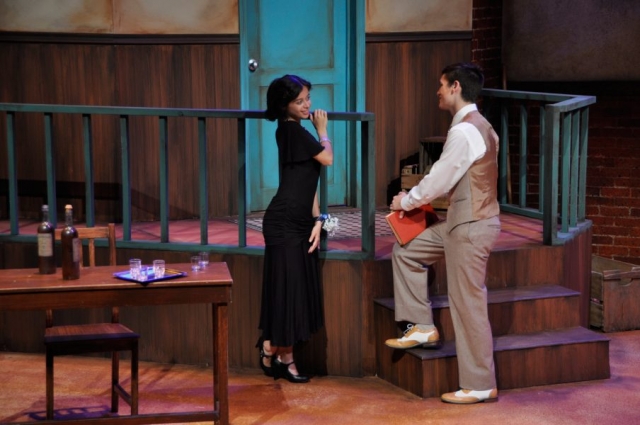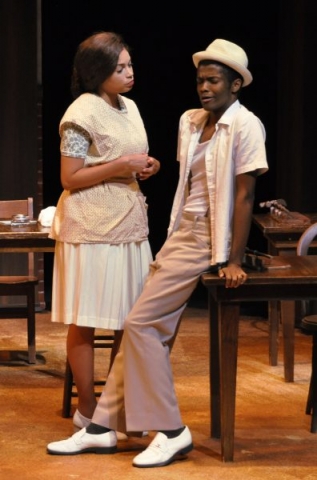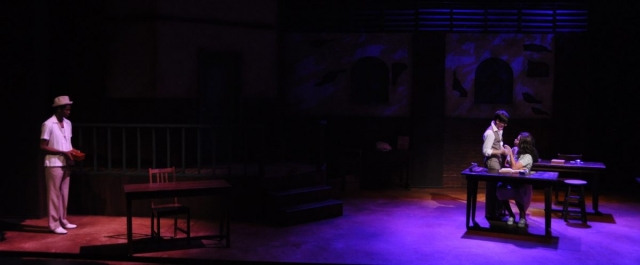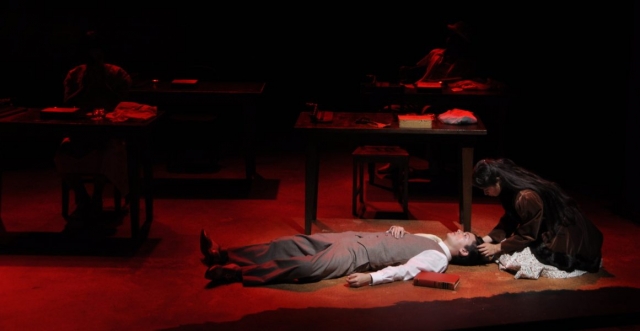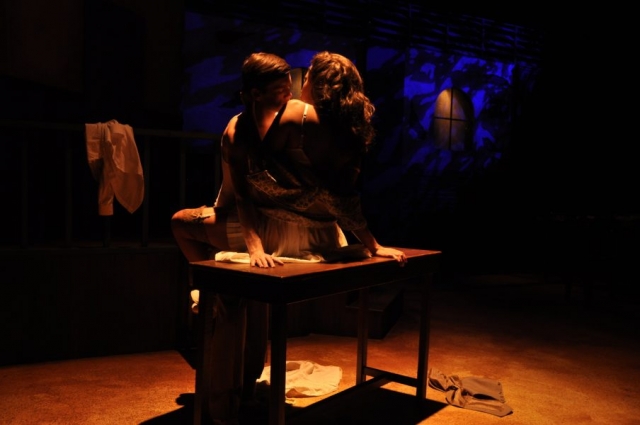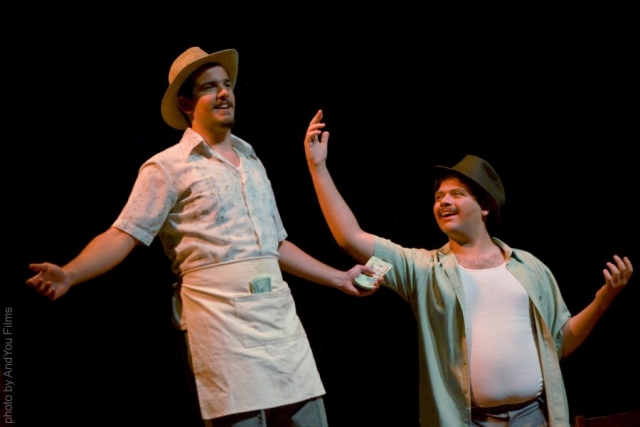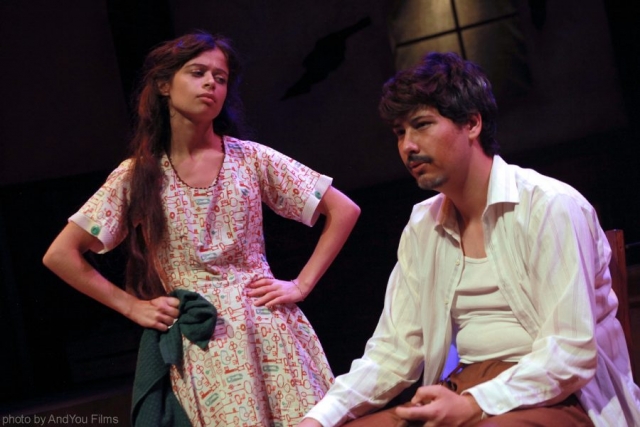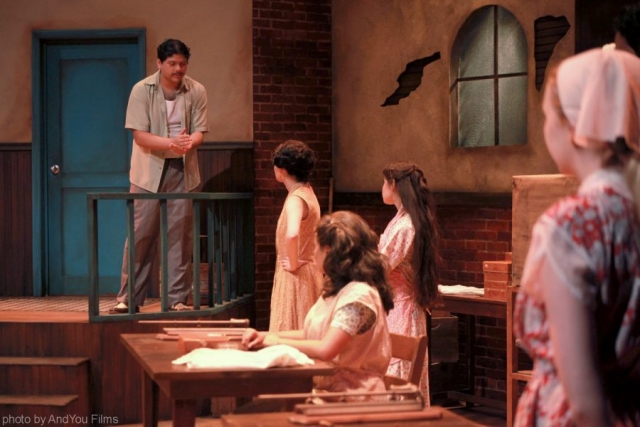
Set in Tampa’s Ybor City in 1929, this Pulitzer Prize-winning play by Nilo Cruz centers on a family-owned cigar factory, where cigars are still hand-rolled and the immigrant workers’ labor is eased by a lector (Spanish for “reader”). Traditionally, the lector was hired with contributions from the workers’ salaries, to read to them while they worked from a variety of sources: newspaper and magazine articles, stories of the day, and occasionally from works of literature. For many women and men of the immigrant working class, this was the main form of their education.
In Anna in the Tropics, a dashing young lector is hired to read to the women at the factory. As he reads from Tolstoy’s Anna Karenina, the book’s scandalous yet romantic story inspires some of the workers to follow their own desires, breaking the strict boundaries of tradition, religion, marriage, and society. The resulting bliss and/or catastrophe in their relationships is played out on the eve of this disappearing tradition, the replacement of human workers with machines, and the looming Great Depression.
Conceptually, Anna in the Tropics is a play about the cultural clash many immigrants face in trying to preserve their traditions in a new world. It’s about what love and desire means, and what fidelity in marriage means. Ultimately, it’s about the challenges forced upon human beings when they question their own place in a changing world, how some grow with change and others are destroyed by it.
More photos from AndYou Films
Credits: Scenic Design by Krista Franco, Lighting by Luis Garcia, Costumes by AJ Garcia, Sound by Gordon Silva. Stetson University, September 2018.


